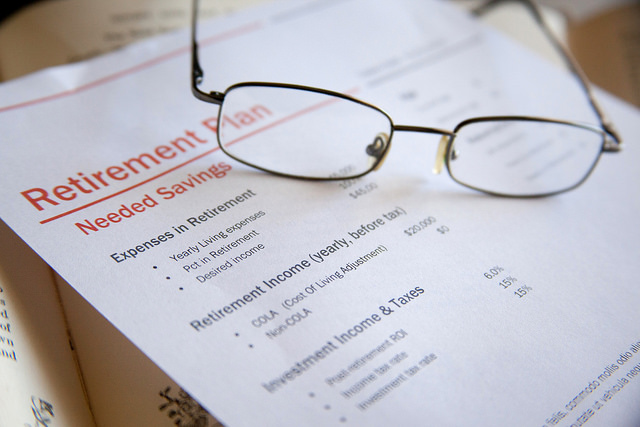Several retirement plan consultants have put their heads together and come up with an interesting new idea for designing defined benefit plans. Why is it interesting? Because it’s a defined benefit plan, but it is fixed-cost; on top of it, the creators claim that both employees and employers will benefit.
It’s called the “Double DB”. Will the plan work? We won’t know until its put into action. For now, it’s certainly serves as an interesting though experiment.
You can hear an in-depth conversation on the topic in the video above. Or, you can read an explanation below, from Kamp Consulting:
Here is an example for illustrative purposes only and does not imply any future results as outcomes are based on specific plan and market data.
Suppose that a plan sponsor of an existing traditional DB plan wants to soon transition their employees to a DC structure. Let’s also assume that the plan sponsor’s existing DB has current annual cost of 30% of salary, with 20% paid by the employer and 10% by the employees. Instead of shuttering the DB plan and adopting the DC plan, the plan sponsor can adopt Double DB, a hybrid DB structure whose assets can be commingled with the existing trust assets.
For accounting purposes, there are two component pieces in the Double DB design. Once the plan is established, each of the two DB components receives 15% of payroll in the initial year (or, half of the hypothetical current annual cost). The first component (DB one) is a regular DB plan with features similar to a traditional DB plan, but with more modest fixed benefits. The second DB component is referred to as a partner plan, and its benefits are not fixed.
Based on our selected funding method, actuarial assumptions and plan design, assume that the traditional DB plan is calculated to provide a multiplier of 1.5% of FAS (final average salary). However, if investment experience in the first year is poor and the first DB plan now requires 16% of the contribution instead of the 15% paid in year one to support the 1.5% multiplier, DB one (regular DB) gets 16% and DB two (partner DB) gets 14%.
If instead, the plan’s experience in year one was favorable and the regular DB plan requires only 13.5% of pay to support the 1.5% multiplier, regular DB gets 13.5% and the partner DB gets 16.5%.
This process continues year after year. The actuarially determined percentage of payroll cost of continuing the 1.5% multiplier in the regular DB is always provided and the partner DB always gets the residual amount. Annual benefits to the pensioner from the regular DB are always 1.5% of one’s FAS times the number of years of service. Partner DB assets contributed to one’s final benefit will be determined year-by-year and by experience.
Upon retirement, the beneficiary will receive one check with the benefit from the first DB component being added to the variable benefit from second DB accounting to provide a monthly payment. With this plan design, the assets of both the traditional DB and residual DB can be commingled, whereas a traditional DB and its new DC assets can’t be combined. The same investment management team can be used, as well as all service providers, granting the plan sponsors greater economies of scale, less complication, and potentially happier employees who don’t have to manage their retirement program.
Photo by American Advisors Group via Flickr CC License
